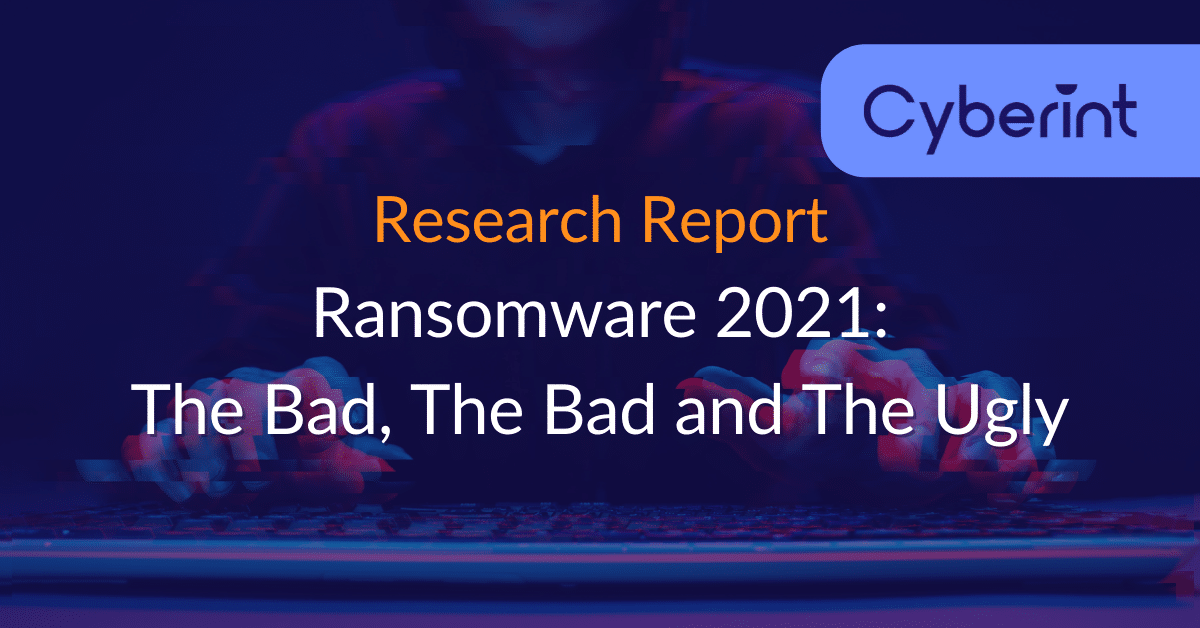Typically, major ransomware groups utilize ‘steal, encrypt and leak’ tactics, pressuring their victims into paying high-value ransoms to avoid exposure. These groups continue to evolve their tactics, techniques, and procedures (TTP), with new developments and recruitment, undoubtedly fueled by the enormous financial gains being made.
While the United States Department of the Treasury’s Office of Foreign Assets Control (OFAC) introduced sanctions against several ransomware threat actors in late 2020, prohibiting US-interests from making ransom payments to individuals or entities on the ‘Specially Designated Nationals and Blocked Persons List (SDN List)’, in addition to countries with other embargoes, these ransomware groups continue to operate and reap financial rewards.
With many ransomware attacks resulting in the widespread encryption of data and systems across victim networks, often leading to significant periods of downtime, unprotected victims may feel inclined to promptly pay ransoms, especially if covered by a cyber-insurance policy, to regain access to their data.


